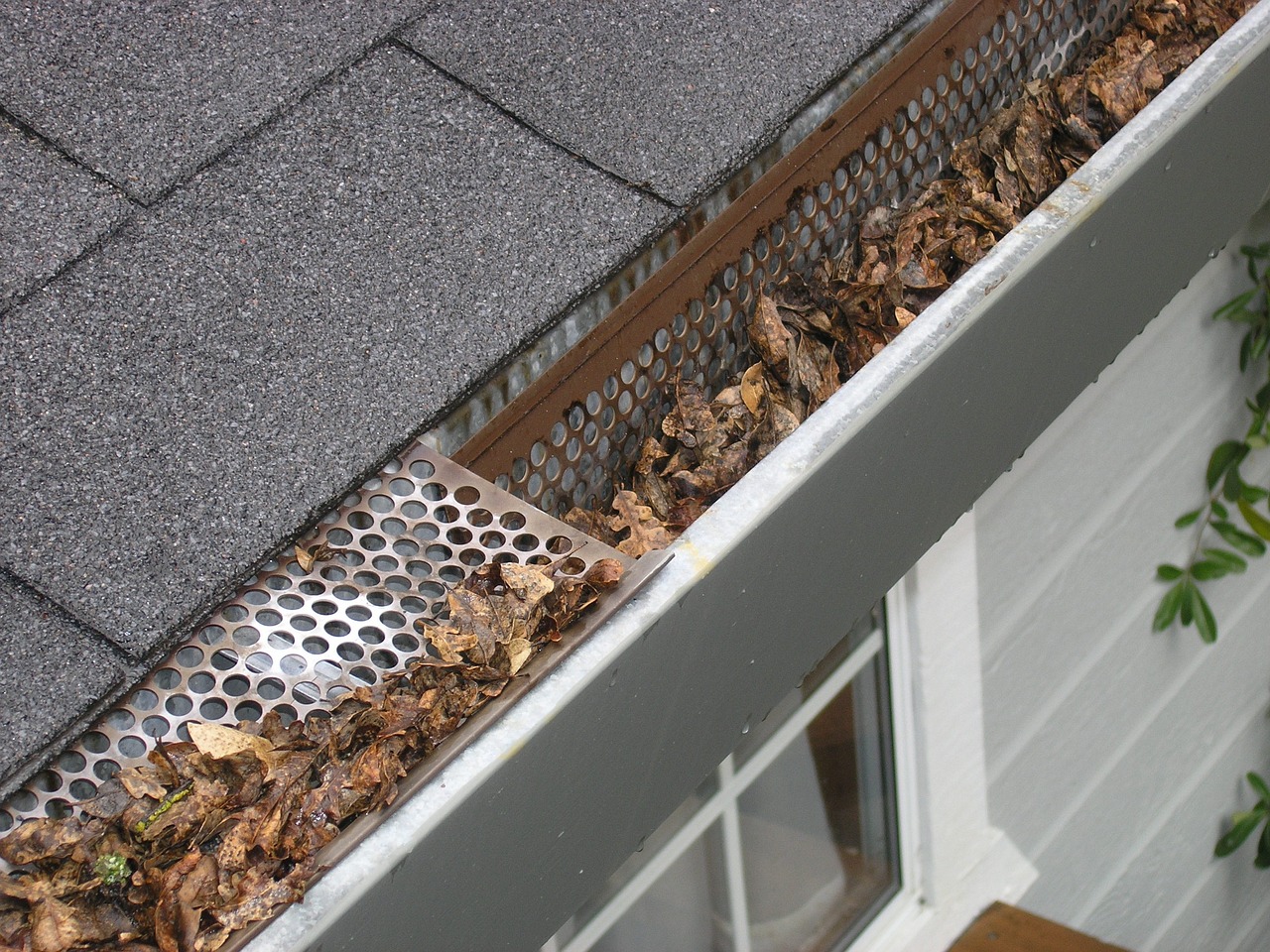Rain Gutter Guide for Your House, Home, and Roof
A properly installed rain gutter system is one of the most important yet overlooked elements of a durable house. Gutters channel water away from foundations, protect siding and landscaping, and help preserve roof integrity. Whether you live in a single-family home, manage a multi-story building, or are planning maintenance for an older property, understanding how gutters work and how to care for them keeps your home dry and structurally sound.
How do gutters protect your house?
Gutters collect rainwater from roof edges and direct it away from a house’s foundation and landscaping. Without functioning gutters, runoff can pool against the foundation, causing soil erosion, basement leaks, and structural damage over time. Well-designed gutter systems also prevent water from saturating exterior walls and creating rot, mold, or paint failure. For houses in heavy-rain climates, seamless gutters and proper downspout placement reduce overflow risks by improving flow capacity and minimizing joints where leaks commonly start.
What types of gutters fit different homes?
Gutters come in several materials and profiles suited to different homes and budgets. Aluminum is lightweight, corrosion-resistant, and common for residential properties. Steel offers strength but may rust without protective coatings. Copper provides longevity and aesthetic appeal but is costlier. Profiles include K-style, which blends with many architectural styles, and half-round, which is popular for historic homes. When selecting a system, consider the building’s roof slope, average rainfall, and local aesthetic requirements; matching material and profile to the home ensures both function and curb appeal.
How to maintain gutters for a healthy home?
Regular maintenance is key to gutters functioning properly. Clean gutters at least twice a year—spring and fall—or more often if trees overhang the roof. Remove debris by hand or with a leaf blower and flush downspouts with water to confirm clear flow. Inspect hangers, end caps, and seams for loose or corroded parts, and check for low spots that pond water. Installing gutter guards can reduce debris buildup but are not maintenance-free; periodic checks will extend gutter life and protect the home from water damage and pest entry points.
Do gutters matter for multi-story buildings and other buildings?
Yes—gutter design requirements change with taller buildings and larger roof areas. Multi-story buildings generate higher water volumes and greater fall distances, so downspouts may need larger diameters and more frequent discharge points. For commercial or multi-unit residential buildings, consider associated roof drainage systems like scuppers, internal drains, and drainage leaders that integrate with the building’s stormwater plan. Regular inspection of flashing and parapet gutters is essential for buildings, since failures at height can produce rapid water intrusion and more extensive interior damage than on a single-family home.
How do gutters safeguard your roof?
Gutters reduce the amount of standing water along roof edges and soffits, which helps prevent ice dams in cold climates and reduces dampness that accelerates shingle and underlayment deterioration. Properly pitched gutters move water efficiently toward downspouts, preventing water from backing up under roof flashing. Regular gutter maintenance reduces the risk of pests nesting in debris against the roofline and minimizes moss and algae growth that can degrade roofing materials. Choosing compatible materials between roof edge and gutter also helps avoid galvanic corrosion or staining.
Conclusion
A thoughtful rain gutter strategy protects the full envelope of a home—from roof to foundation—by managing water where it falls. Regular inspection, appropriate material selection, and proper installation tailored to the building type will extend the life of your gutters and reduce repair needs. Prioritizing gutter performance as part of routine home maintenance preserves structural integrity and maintains the appearance and value of your property.







